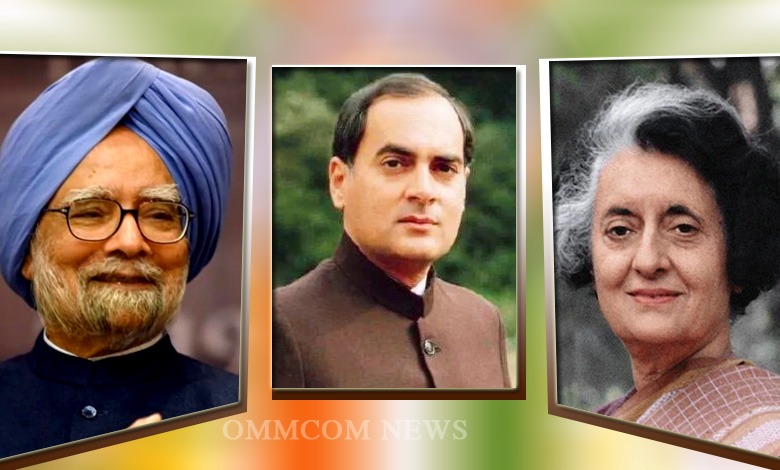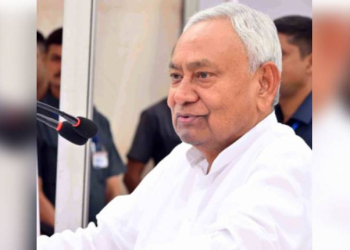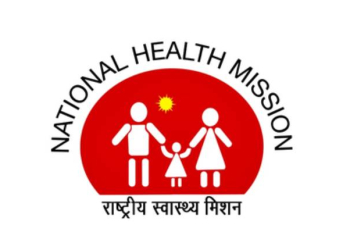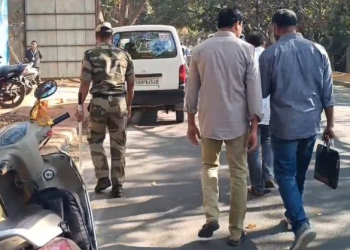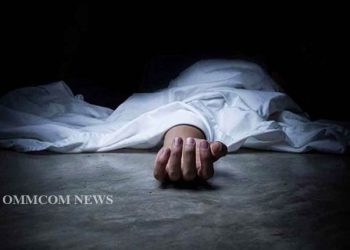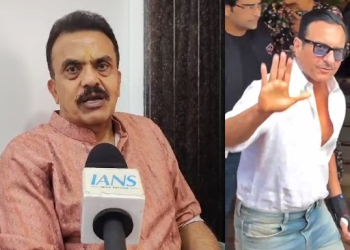New Delhi: The fall of the I.K. Gujral government was perhaps the most impactful result of Rajiv Gandhis assassination.
Gujral, a suave politician who survived and went on to become Prime Minister because of his non-confrontation style, finally had to put in his papers on Nov 28, 1997. Rajiv Gandhi was killed on May 21,1991.
Security analysts would always say the intelligence inputs, however mild or seemingly ‘unconfirmed or weak’, about VVIPs should never be ignored. Even till day, people debate why Indira Gandhi continued with her Sikh bodyguards despite warnings after Operation Blue Star.
Security breaches vis-a-vis Prime Ministers, both categories – incumbent Narendra Modi and his predecessors including the likes of Manmohan Singh and Indira Gandhi – do keep happening.
In the case of Rajiv Gandhi’s assassination too, there were alerts and warnings of some attempts being made by the LTTE. But before anything concrete could be done, the damage was done.
In fact, Rajiv Gandhi reportedly asked the SPG personnel to allow his assassin Dhanu to come near him on the fateful evening. When Rajiv Gandhi reached the campaign rally site in Sriperumbudur on the fateful evening of May 21, 1991, along the way to the stage, he was garlanded by many well-wishers and Congress party workers.
The assassin Dhanu (Thenmozhi Rajaratnam) approached and greeted him. She bent down pretending to touch his feet and then detonated the RDX. First major assassination by a suicide bomber in India.
Subsequently, accusations of conspiracy have been addressed by two commissions of inquiry.
In November 1997, the I.K. Gujral government had to step down.
On 28 August 1997, the Jain Commission report was submitted to the government and was leaked on November 16. The commission had inquired into the conspiracy aspects of the Rajiv Gandhi assassination and criticised the DMK. The Congress withdrew support from the Gujral government on November 28 after Gujral sent a letter to the then Congress President Sitaram Kesri, saying he will not dismiss any DMK ministers.
Gujral resigned following the withdrawal, and sent a letter to then President K.R. Narayanan that read: “My government has lost its majority and does not want to continue in office on moral grounds.”
Some breaches of PMs had also resulted in overhauling of Prime Ministers’ security apparatus, especially during Rajiv Gandhi’s tenure in 1988.
On June 2, 1988, the Parliament passed the Special Protection Group Act to protect the Prime Ministers. The move came as four years earlier on Oct 31, 1984, Indira Gandhi was assassinated by her own bodyguards.
With Narendra Modi, there have been four such security breaches beginning December 2014, but security experts point out only the January 5 (2022) episode in Punjab as ‘major lapse’.
In December 2014, three policemen, including a police inspector and two constables, were found guilty on allegations of negligence that led to breach of security cover for Modi at the swearing-in ceremony of Maharashtra Chief Minister Devendra Fadnavis on October 31.
A former BJP activist, Anil Mishra, was ‘able’ to reach the podium, almost a few metres from Modi. Mishra was arrested by Marine Drive police of Mumbai.
In December 2017, two policemen ‘made a mistake’ and came in front of PM’s convoy and the Prime Minister was caught in ‘traffic’ for two-three minutes near the Mahamaya Flyover, Noida. Two cops were suspended.
In February 2019, an apparent security breach was reported at Prime Minister Modi’s rally in Ashoknagar in North 24 Parganas in West Bengal. The breach led to a stampede-like situation and Modi had to cut short his speech and was quickly whisked away by the SPG.
In May 2018, a man claiming to be a ‘fan’ of the Prime Minister reportedly infiltrated the security cover of SPG at the Vishwa Bharati’s convocation ceremony, also in West Bengal.
Among the past such breaches which made headlines were one each with Indira Gandhi (in 1967) and the other with her son Rajiv Gandhi on Oct 2, 1986.
On February 8, 1967, Indira Gandhi was attacked with a brick during an election rally in Bhubaneswar, but she continued her speech. Of course, this was prior to the days of militancy that hit Punjab and other states.
On October 2, 1986, Rajiv Gandhi continued his Rajghat visit on the occasion of Gandhi Jayanti despite three shots being fired at him.
With Manmohan Singh, security breaches were reported from Kerala more than once. In December 2010, a private vehicle almost ‘entered’ the road from where the Manmohan Singh’s convoy was passing.
The Kerala government denied that there was any security breach during the Prime Minister’s visit.
In November 2006, the Prime Minister’s Office (PMO) had actually sought an explanation from the Kerala government about the security breach that took place when Manmohan Singh’s convoy stopped after the pilot vehicle was on the ‘wrong route’. The alleged security breach happened in Thiruvananthpuram between airport and Raj Bhavan.
The National Security Guards (NSG) also had called for an explanation from the Director General of Kerala Police, Raman Srivastava, on the same.
According to a book, ‘Journalism Through RTI’ penned by journalist Shamlal Yadav, while “most curious” foreign trips were undertaken by Congress President Sonia Gandhi and Vice President Rahul Gandhi during the 10 years of UPA rule, “information of none of the foreign trips except that of Sonia Gandhi’s Bangkok trip was available to the PMO, Ministry of Home Affairs, Ministry of External Affairs or the National Advisory Council (NAC) as per their responses (to a series of RTI queries)”.
On queries pertaining to foreign visits by the Members of Parliament, the Lok Sabha Secretariat had said: “As per the convention, the members of Lok Sabha inform the Honourable Speaker about their foreign visits private or official. However, there is no rule available in the Rules of Procedure or Direction by the Lok Sabha or any other document in the Lok Sabha Secretariat, whereby it has been made mandatory for the members to give prior or subsequent information about their foreign visits to the Speaker, Lok Sabha.”
The book further says that the Lok Sabha Secretariat has also informed that both Sonia Gandhi and Rahul Gandhi were never part of any parliamentary delegation to foreign countries from 2004 to 2012, therefore political clearance for them was never sought from the Ministry of External Affairs.
As to whether there was any ‘exemption’ for SPG protectees from getting MEA clearance, the Ministry of Home Affairs for its part had forwarded the RTI application to the Cabinet Secretariat and National Security Guard (NSG) to provide the information, if any.
Yadav in his book further refers to a response from the PMO on this, which had said, information regarding overseas travel by the top Congress leaders “does not form part of records held by the PMO”. However, the PMO had said that between July 14 and 17, 2004, Sonia Gandhi had visited Bangkok to attend a conference on AIDS.
In 2019, the Centre decided to change the security mechanism for Sonia Gandhi, Rahul Gandhi and Priyanka Gandhi.
A high-decibel controversy broke out over the withdrawal of Special Protection Group cover to the members of the first family of the Congress.
Home Ministry sources had claimed the Gandhis had made ‘undesirable’ remarks against SPG and also charged the elite force with collecting their ‘personal and confidential information.’
“Since May 2014, Priyanka Gandhi has often levelled allegations that SPG officials were collecting her personal and confidential information and sharing it with unauthorised persons. She even threatened to drag top officials of the SPG to court,” one source said.
In another instance, Rahul Gandhi, during his visit to Banaskantha in Gujarat in 2017, ‘violated security norms’ himself which could have endangered his life.
(IANS)



